Transalpina is the highest paved road in Romania, reaching an altitude of 2145m above sea level, making it ideal for road trip enthusiasts. Transalpina is definitely one of the best places to visit in Romania as it comes with stunning vista points and incredible scenery.
Also known as the King’s Road or DN67C, Transalpina really is a dream destination for driving enthusiasts. In terms of scenery, a similar place to compare Transalpina to would be the Crown Range in New Zealand. Transalpina is 148 km long located in the Parâng Mountains crossing them from south to north.
Transalpina is a Latin name meaning “the country beyond the mountains”. You will be driving on the mountain plateau surrounded by an alpine landscape. It’s an ideal road for cycling enthusiasts too as the road is in great condition.
Excited? You should be because this is one of the most stunning roads to drive on in the whole of Europe. I will help you get ready for your trip with this complete guide to Transaplina.
Table of Contents
- About Transalpina
- How to get to Transalpina
- Best time to drive on the Transalpina
- Driving on the Transalpina
- What to do on the Transalpina
- FAQ
- Is Transalpina safe?
- Should I drive an automatic?
- Should I visit Transalpina or Transfagarasan?
- Is Transalpina free to visit?
- Which is the best part of Transalpina?
- Are there petrol stations on Transalpina?
- Should I stay on Transalpina overnight?
About Transalpina
Transalpina is a road located in the Southern Carpathians of Romania in the Parâng Mountains group. It is the highest road in Romania having the highest point in Urdele Pass at 2,145 m. To reach this summit point you will need to drive 28 km from Novaci. Your elevation gain will be 1.680 meters.
Because of its topography and high altitude, you’ll enjoy vast mountainous and arid landscapes. It will make you feel like you’re taking a road trip somewhere dramatic like Norway.
This road can be experienced by car as well as by bike but in both cases, you’ll need to be an experienced driver and cyclist, similar as with Transfagarasan.
The road’s length is 148 km (92 miles) long, running south-north from Novaci, a town in Gorj County, in Oltenia to Sebeş, a city in Alba County. Expect breathtaking views but also several twists and turns.
There are sources that claim Translapina was first built and utilised by Roman legions during the wars with the Dacians. A more modern off-road version of Transalpina was built during King Carol II between 1934-1939 and rebuilt and reconsolidated again during WWII by German troops.
After the inauguration, the road was known as Drumul Regal (Royal Road) or Drumul Regelui (King’s Road), which replaced the popular name of Poteca Dracului (Devil’s Path). The road was fully paved by 2009.
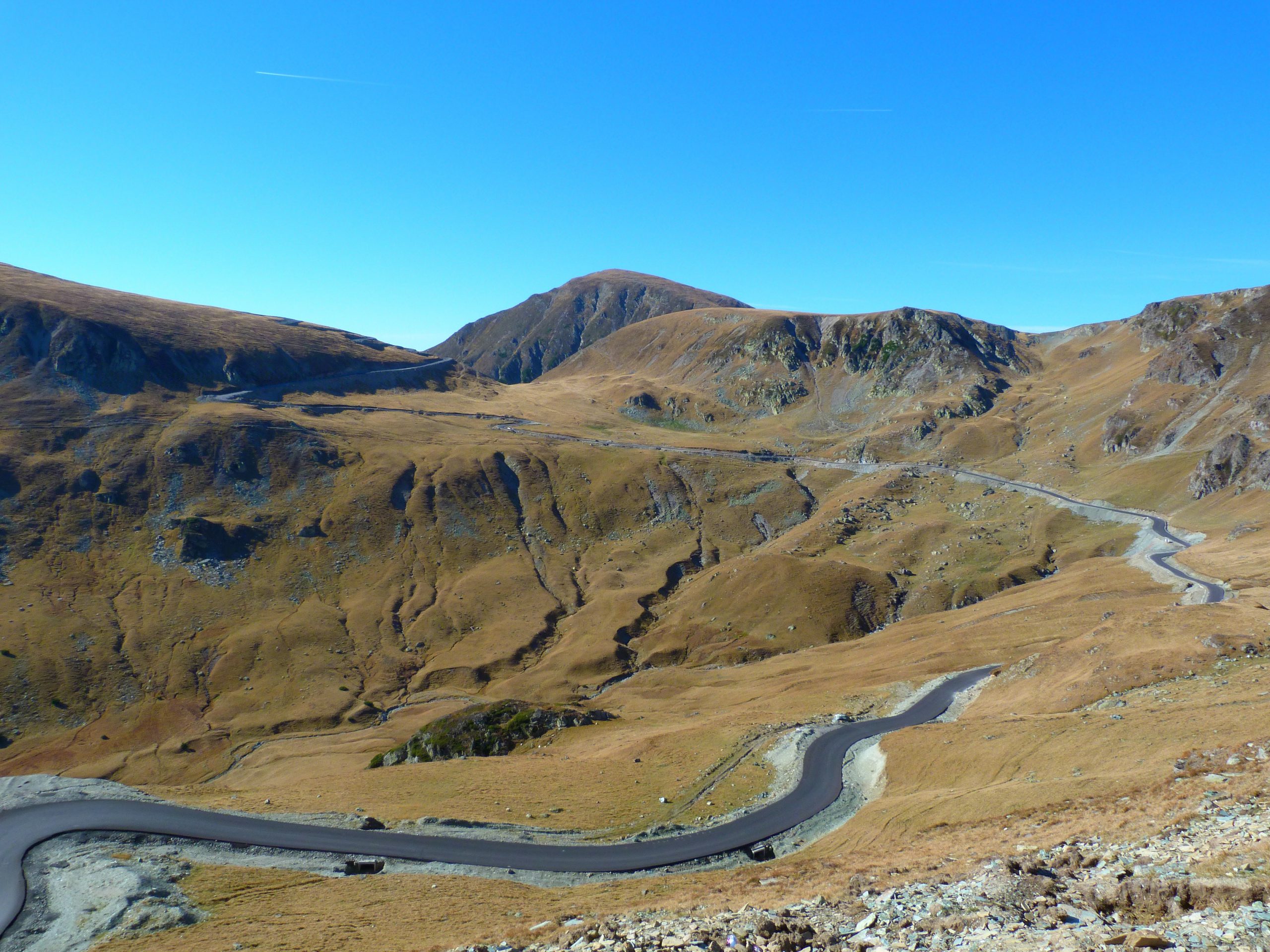
Because Transalpina is located at such a high altitude, it is usually closed during the snowy months. The road towards Transalpina is absolutely gorgeous, lined with thick pines and beautiful rivers. There are plenty of hiking opportunities around, but if it’s the exhilaration of driving that you are after then go straight for the Transalpina.
Transalpina offers several viewpoints along the way, as well as hotels, intimate chalets and restaurants. Stopping at one of the restaurants is a must, to enjoy some traditional Romanian food at 2000+ m altitude, whilst admiring some of the most impressive views over the Romanian mountains.
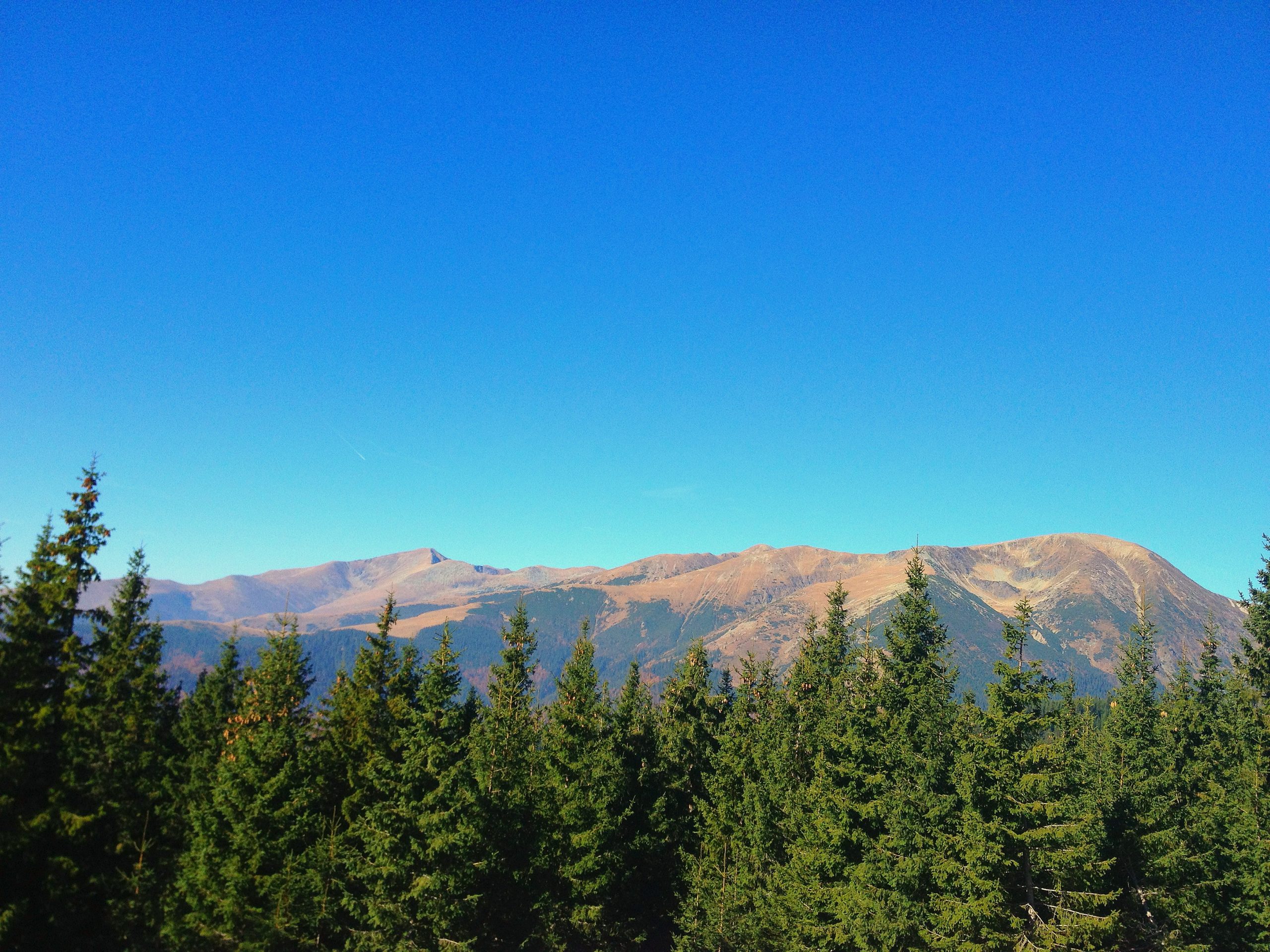
How to get to Transalpina
You can access Transalpina from Novaci or from Sebes. If you are driving from Bucharest to Novaci, it will take you 4 hours on E81 to reach the entrance to Translalpina.
If you want to access it from Sebes, it’s probably because you are already in the mountains. For example, you can drive from Brasov to Poiana Brasov to Sebes and it will take just 2 hours and 50 minutes.
If you are in the thermal spa town of Caciulata it will take just 2 hours drive to access either Novaci or Sebes entrance to Transalpina.
It will take around 3-4 hours to complete the full length of Transalpina. It’s one of the most spectacular roads in the country so you will probably add a couple more hours with all the stops, photo spots and lunch along the way.
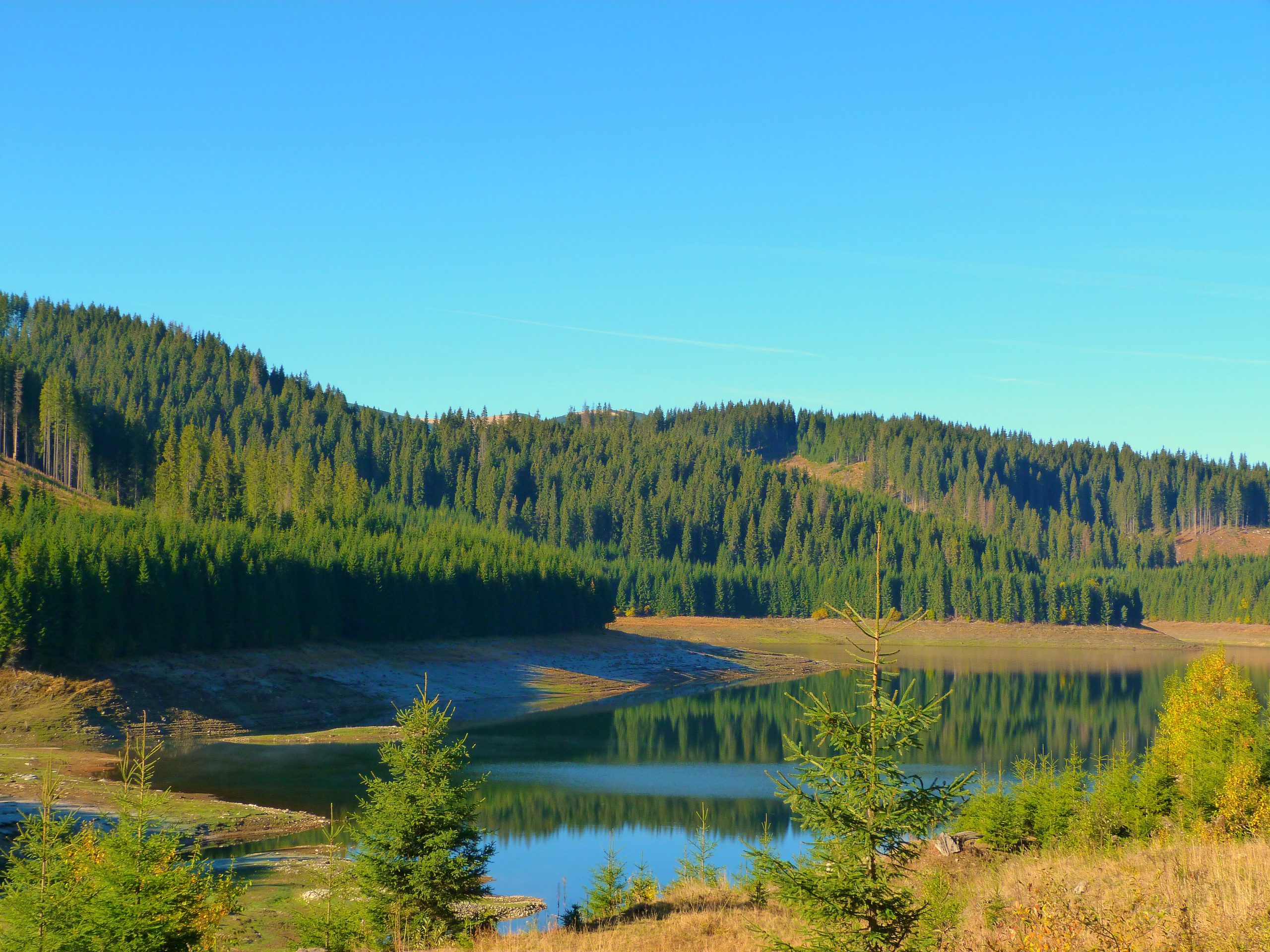
Best time to drive on the Transalpina
To experience Translpina in all its glory, you should aim to visit in late September. Due to its topography, the Transalpina can be closed for several months a year.
Depending on the weather and the amount of snow, the opening dates can vary from year to year, however, it is between the beginning of June until late October that the road can be accessed. I strongly recommend visiting sometime after July but before October to make the most out of your time on the road.
Transalpina is a popular destination amongst locals and it’s becoming a magnet for foreign tourists as well. I recommend avoiding weekends and bank holidays if possible.
Good to know: Transalpina is open between 7 am to 8 pm. You might get icy roads or thick fog in the morning. So it’s best to plan your trip at around lunchtime.
Since the road trip on Transalpina will take at least 4 hours, I recommend booking overnight accommodation in a location nearby so you can get some rest before driving to your next destination.
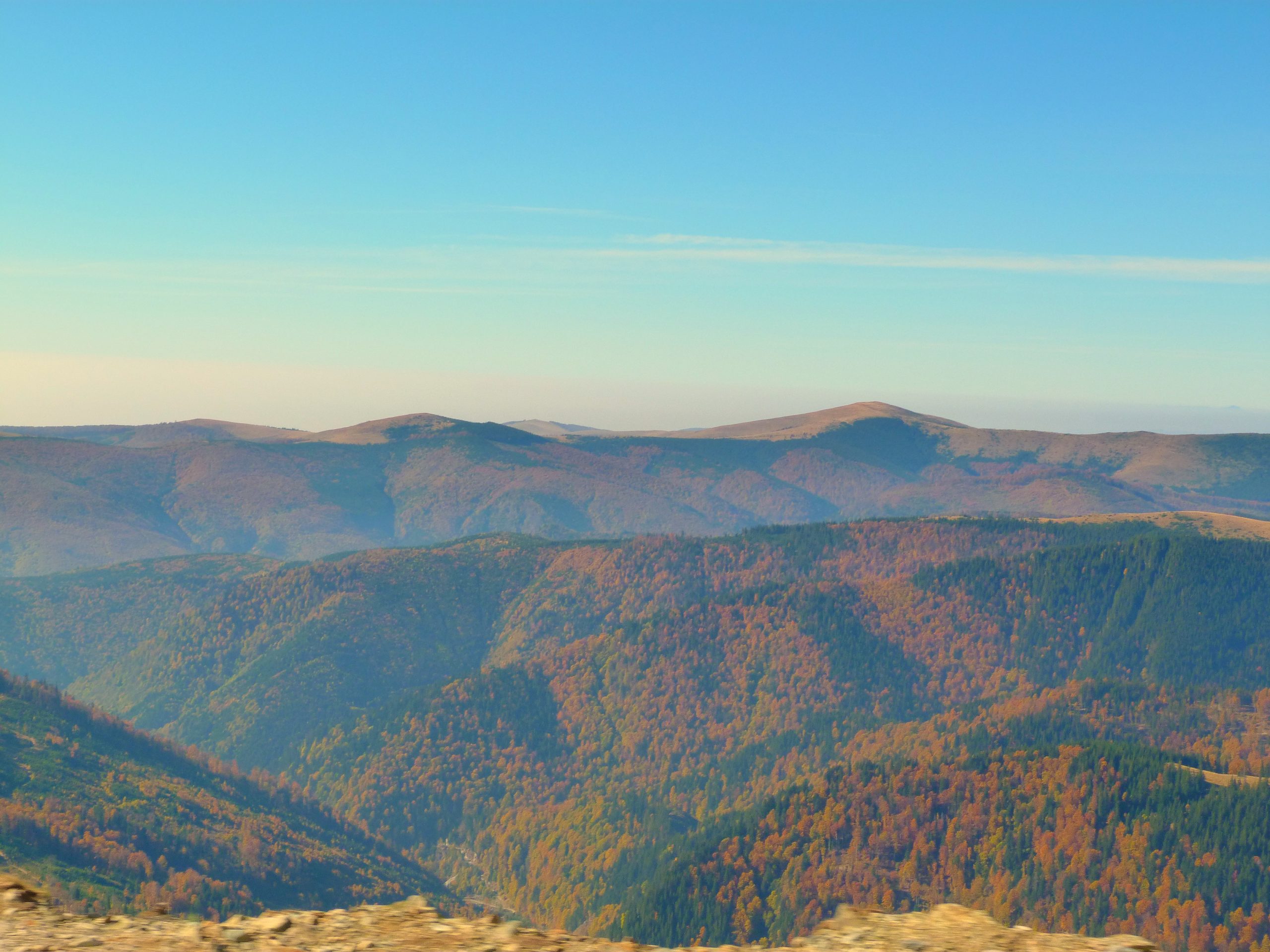
Driving on the Transalpina
Driving on the Transalpina is a wonderful experience and it’s perfect for road trip enthusiasts. It’s a superb attraction in Romania with stunning scenery all around. It’s really worth adding it to your bucket list.
The road is narrow in parts and because of this, you can only drive between 7 am until 8 pm with a speed limit of 30 km per hour.
The most beautiful part of the Transalpina will be as you ascend to the Urdele Pass. There you will find a scenic point called Șaua Urdele. Take a moment and snap as many pictures as you can. On a sunny day, the whole landscape will look incredible. From Șaua Urdele you can take a hiking trail to Lake Gâlcescu. The trail will take around 3 hours return.
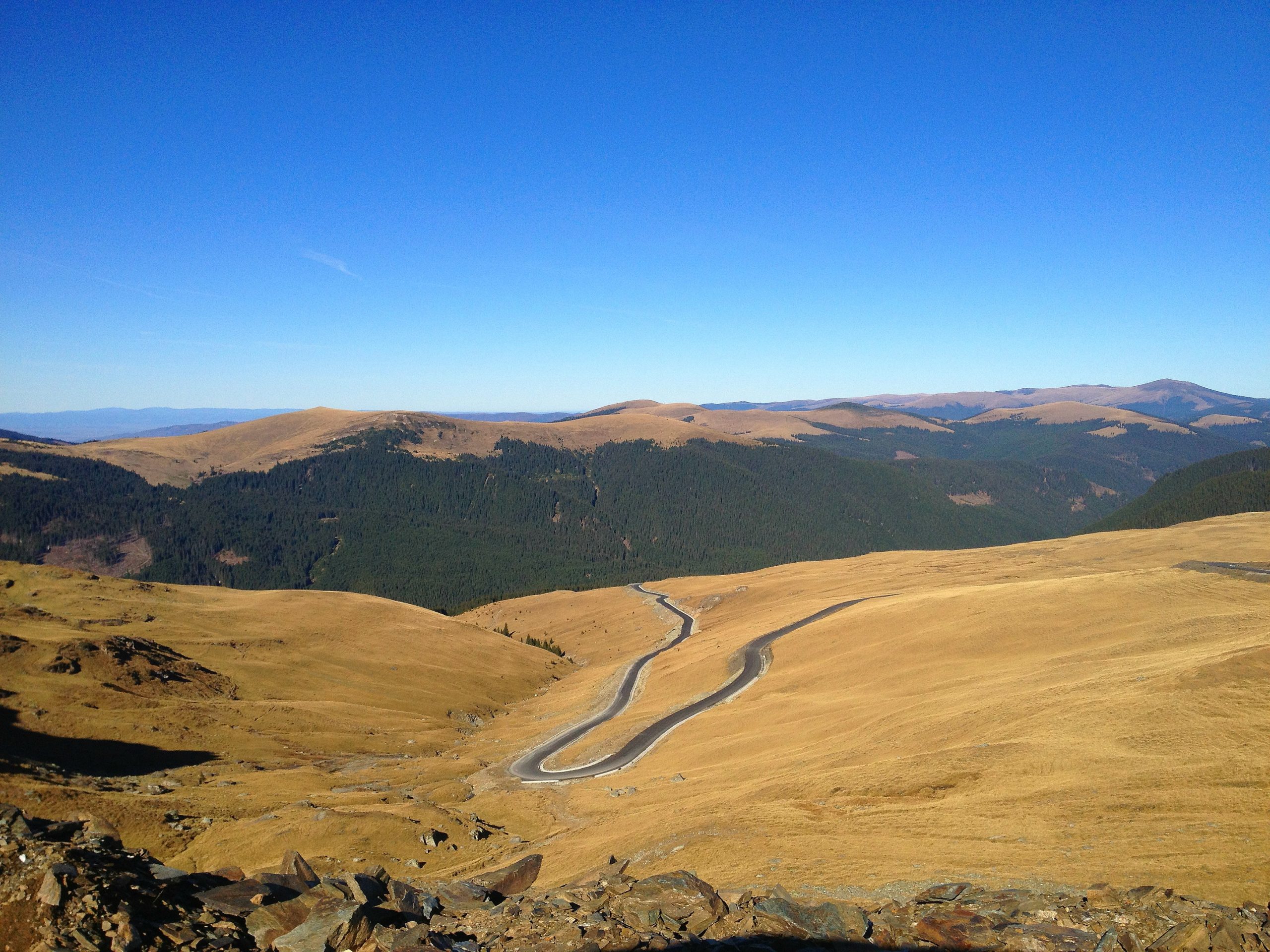
You need to be aware that on this road you will not find safety fences, reflective elements, horizontal and vertical road markings. There will be parts of the road where you will need to slow down to 5-10 km per hour because of rainwater collection ditches. Just keep an eye and slow down when needed.
The viaducts on the eastern shore of Lake Oașa are accessible on a single lane only so drive cautiously.
Overall, if you are an experienced driver you won’t have any issues driving on the Transalpina but do bear in mind that the road is fairly narrow and you need to drive slow. On the road, you will likely find other cyclists and potentially livestock.
What to do on the Transalpina
There are a few things you can enjoy on the Transalpina, driving on this magnificent road being the obvious first choice. Some travellers also choose to cycle on the Transalpina but since this is essentially a high altitude, pedalling will be a bit more demanding.
Make sure to stop at one of the chalets along the way to enjoy a warm traditional Romanian meal. Most of the chalets will offer stunning views over treetops and peaks. There are a few better places in the Romanian mountains where you can have lunch with a view.
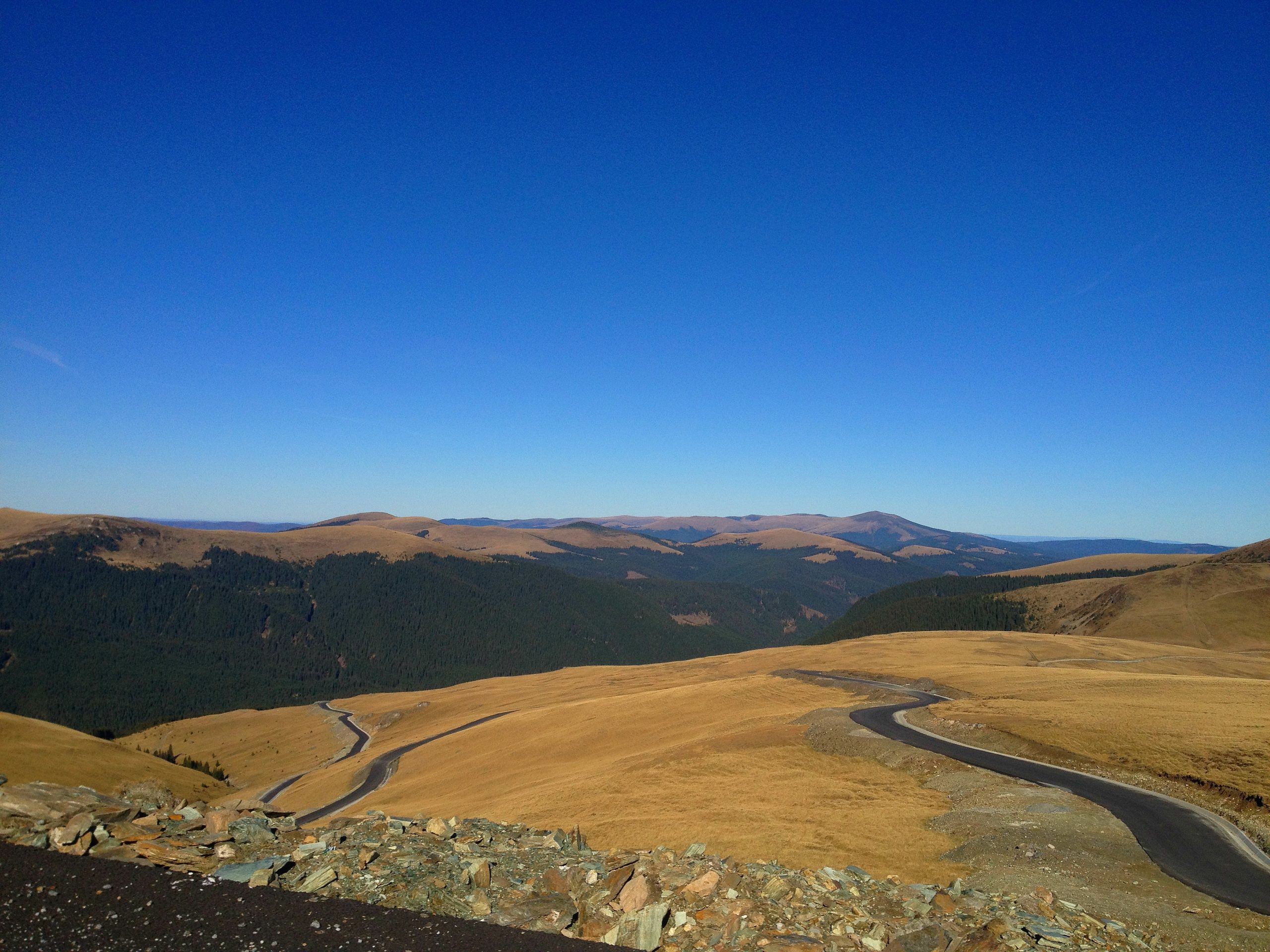
I always recommend people to book accommodation for one night on the Transalpina so you can enjoy the road in all its glory. This way you can spend time enjoying some of the hiking trails available in the mountains. There are so many hidden gems here such as the Lake Gâlcescu, Lake Singuratic, Curmătura Olteţului, Cascada Moara Dracilor, Lake Lacul Verde.
At the Voineasa Center, you can take a moment to enjoy a cup of coffee with a view. Nearby there is a souvenir market where you can search for all sorts of artisanal products from locals. Another pit stop is at Stâna Ștefanu, an open ranch known for its friendly donkeys. This is also a great place to get some authentic Romanian food for fabulous prices.
If you have time, I recommend driving from the Transalpina to Vidra Lake. It’s got breathtaking views but note that the road can be a little bumpy.
If you want to do something truly spectacular, then you might want to consider coming to the Transalpina via road 7A to stop at the Ski Resort Transalpina. This is a lesser-known ski resort in Romania with multiple lifts, skiing & snowboarding slopes, plus Lake Vidra views. For skiing and snowboarding, there are 6.1 km of slopes available. The winter sports area is situated between the elevations of 1,320 and 1,940 m.
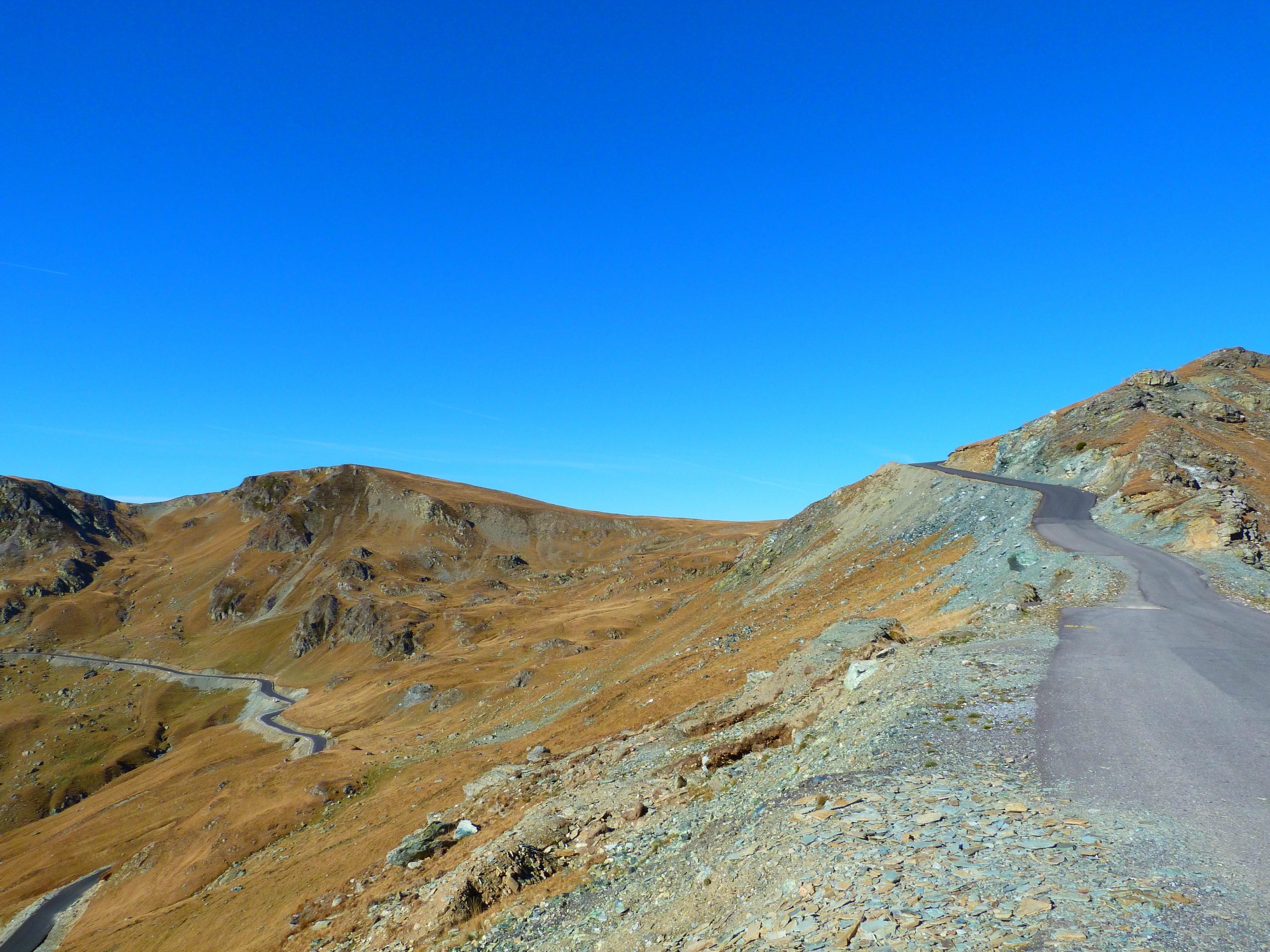
FAQ
Is Transalpina safe?
Yes, Transalpina is safe. You should respect the road closures and make sure to stick to the speed limit. The road is in good condition and the drive itself will be enjoyable.
Should I drive an automatic?
Because of its high altitude, twists and turns and some hairpins here and there, it will be best for you to rent an automatic car. It will take so much pressure off and make your trip more enjoyable.
Should I visit Transalpina or Transfagarasan?
They are both gorgeous roads you should visit at least once in this lifetime so if you can do both during your trip to Romania, it would be ideal. They are also widely different so it’s hard to say that one is better than the other. Transalpina has an arid, alpine landscape but it’s easier to drive on as it’s less demanding. There are more attractions along Transalpina and more facilities like accessible and easy hiking trails and more accommodation options.
Transfagarasan is more dramatic and better kept as a road. It’s also more popular and busier, especially in the peak summer season. Its hairpins and S-curves make it a lot more exhilarating.
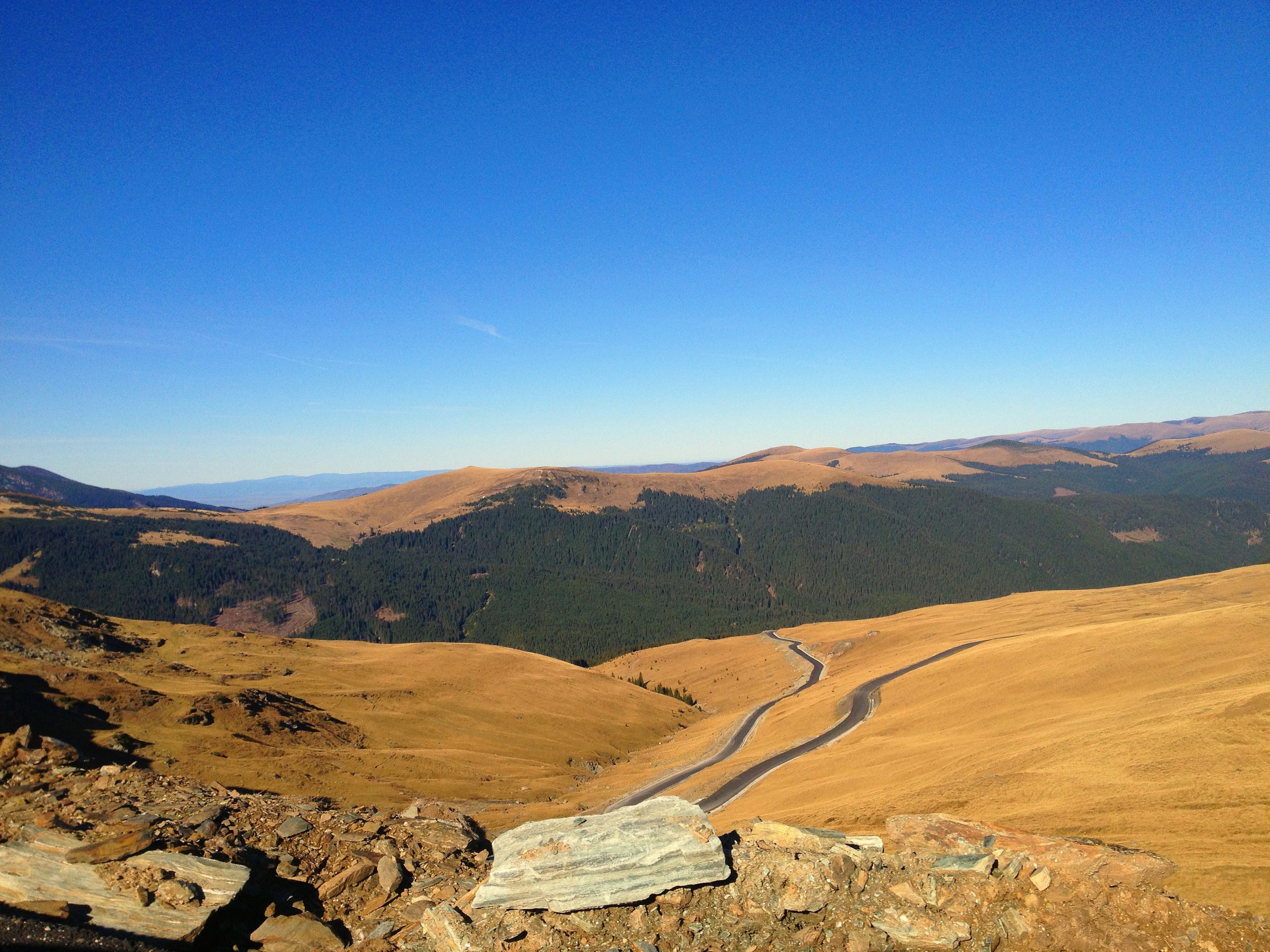
Is Transalpina free to visit?
Yes, you don’t need to pay an entry fee to drive on this road. However, you do need to have your motorway vignette paid for the moment you enter a highway so make sure to purchase your online from the official highway website.
Which is the best part of Transalpina?
The best part of the road is when you reach the Urdele Pass at 2,145 m but all parts of the Transalpina are stunning.
Are there petrol stations on Transalpina?
There is one petrol station called Rompetrol near Șugag. This is useful to you if you’re driving from Sebes towards Novaci. Otherwise, there is a Petrom in DN67, Ciupercenii de Olteţ if you’re driving from Bucharest. This petrol station is before you reach Novaci.
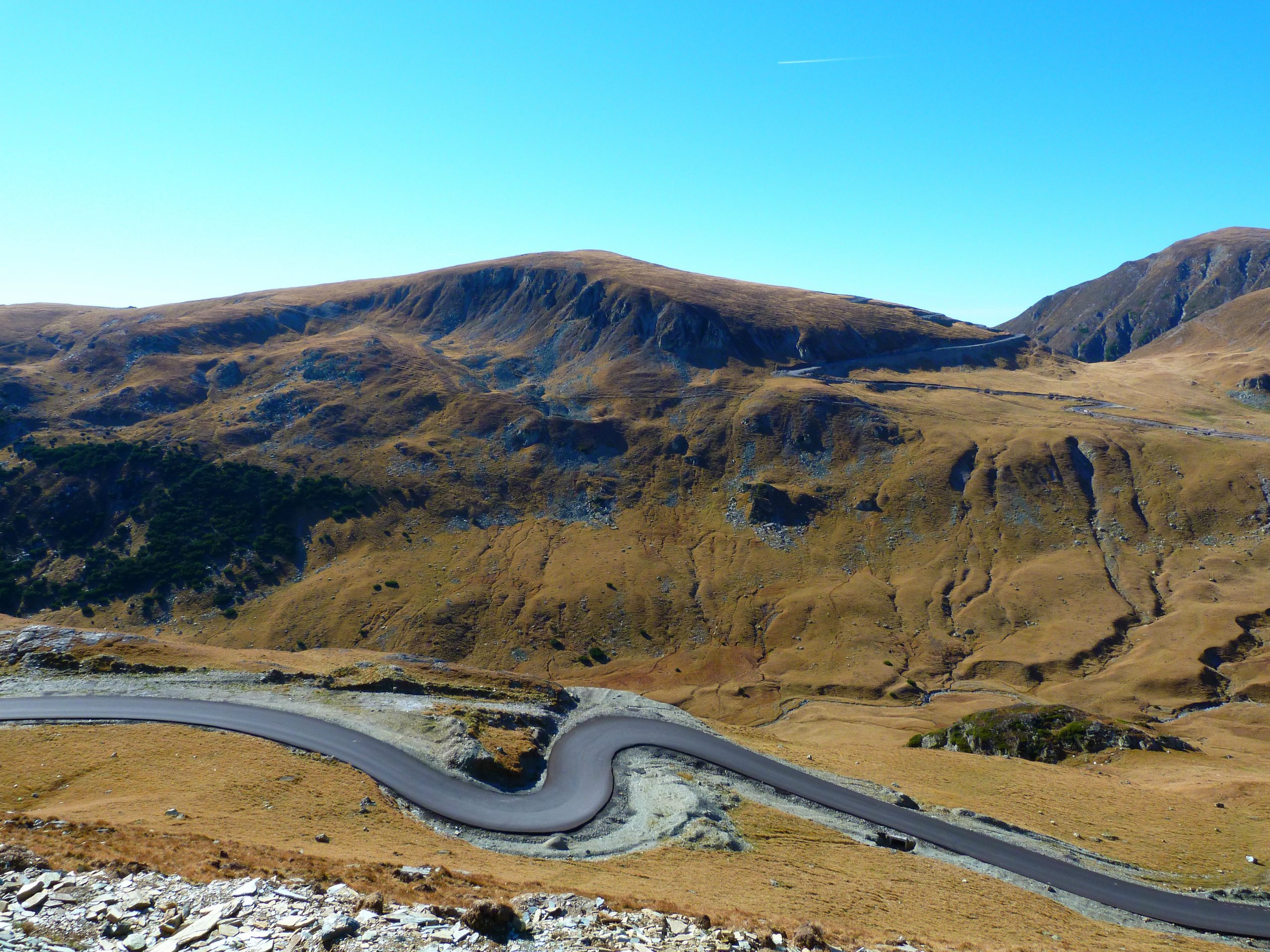
Should I stay on Transalpina overnight?
There is so much to do and see, and staying close to nature is always a joy. There are some accommodation options with prices starting from as little as £30-40 per night. Book your accommodation in advance as rooms tend to fill up pretty fast, especially during the summer season.
I spent a day exploring the Transalpina and loved it so very much. It was an incredible experience and I’m so grateful I got to see this beautiful place in Romania. You are going to be in awe and have a great road trip. You will fall in love with Romania, its landscape and its people and you’ll very likely want to return over and over. I know I do!
Do you love making plans for Transalpina? We love hearing them. Leave a comment below and tell us all about your Transalpina adventures in Romania!

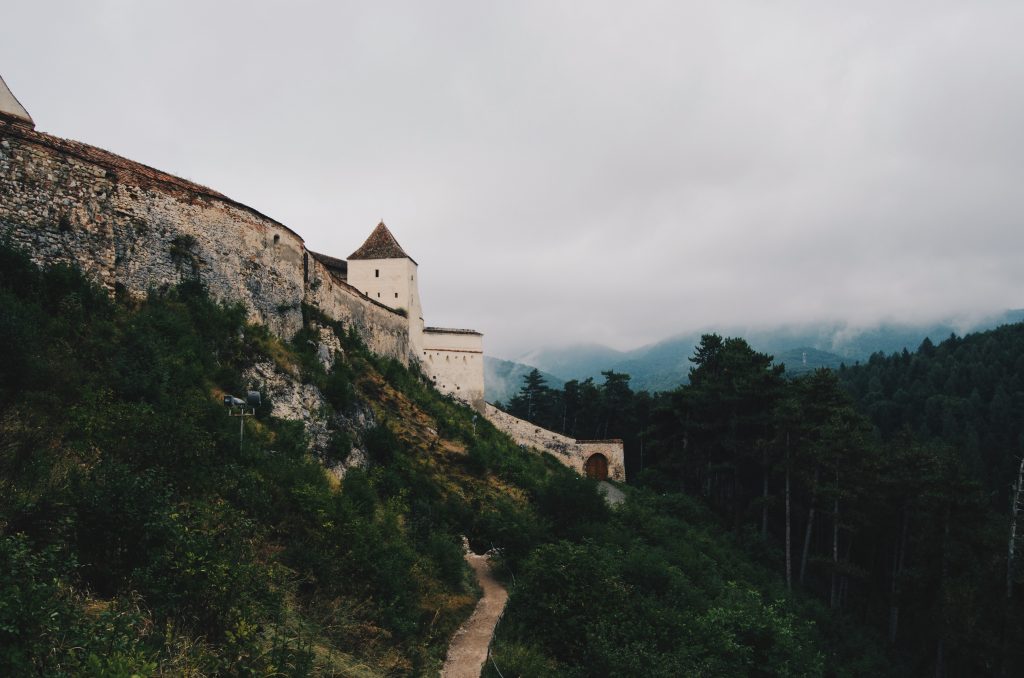
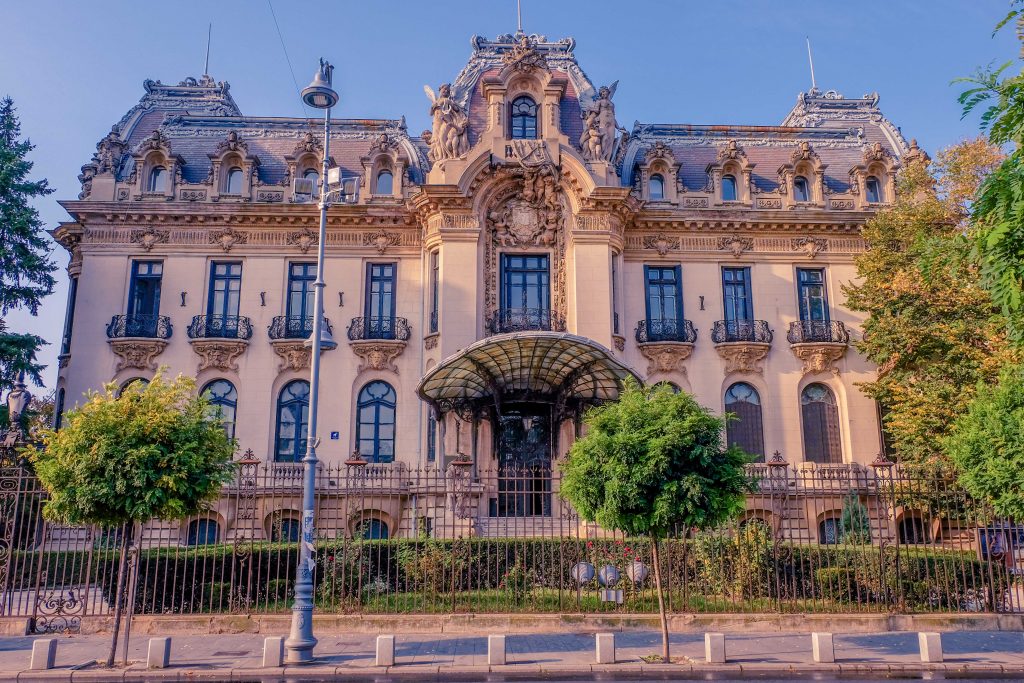
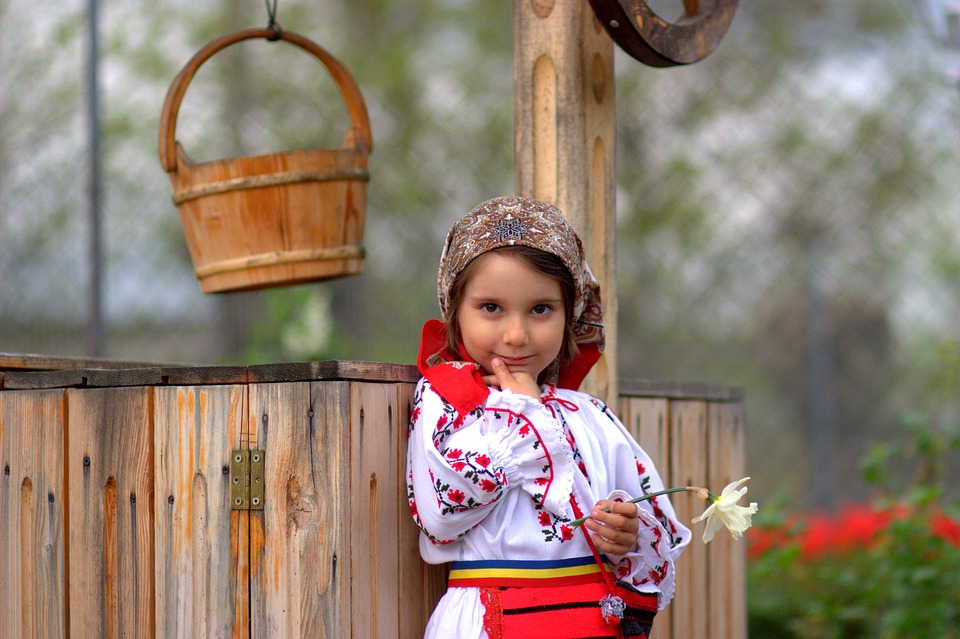
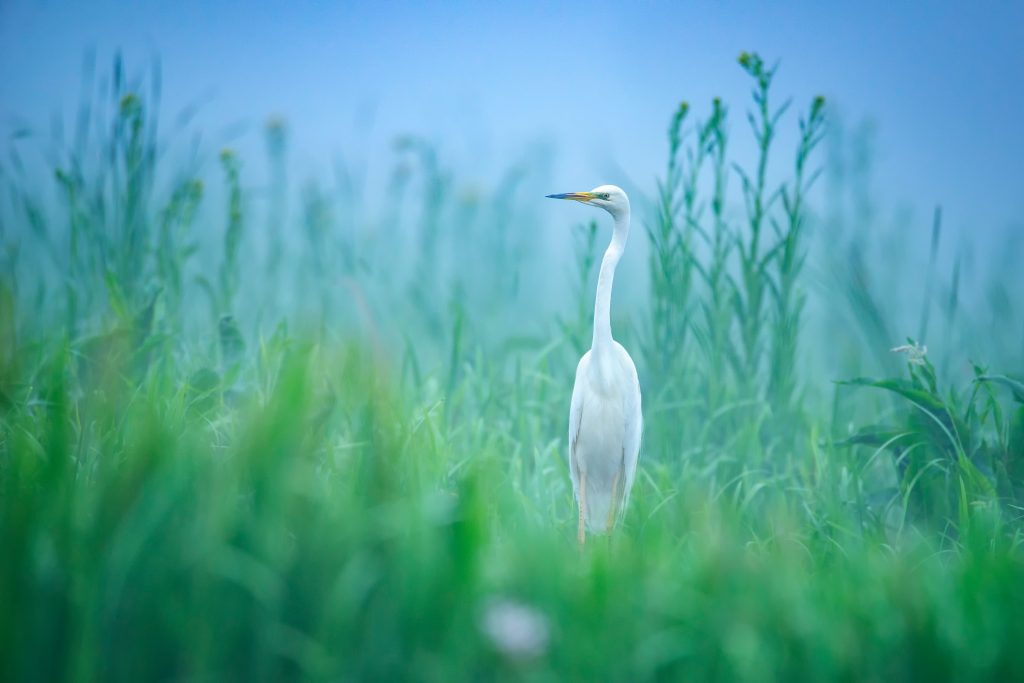
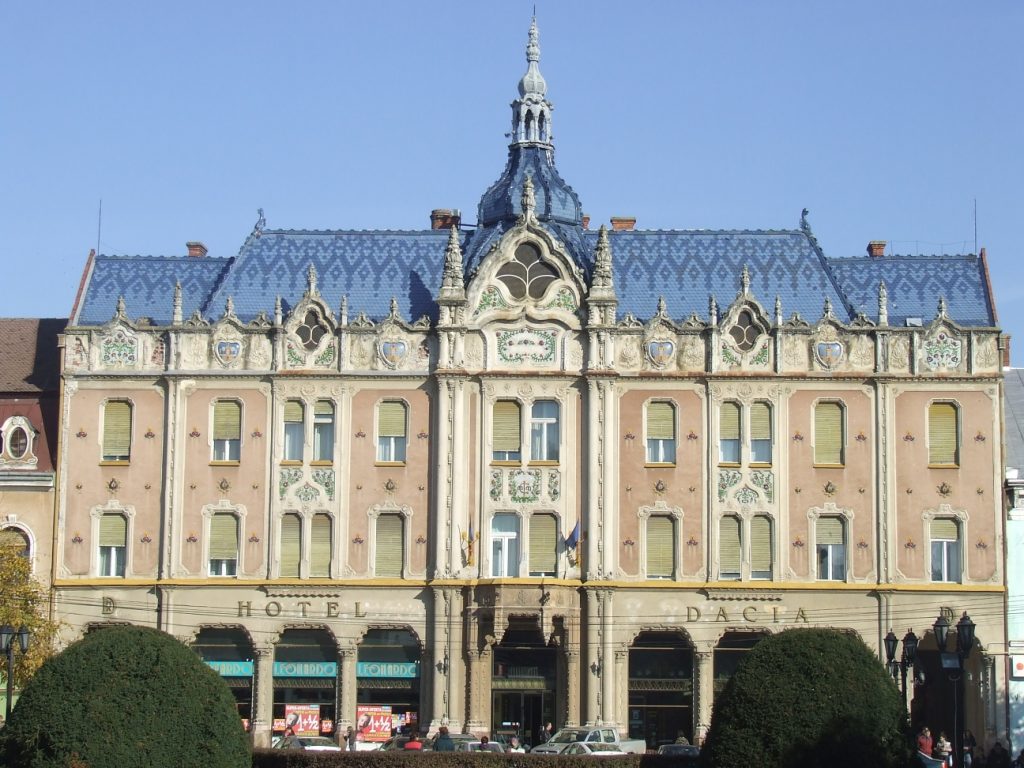
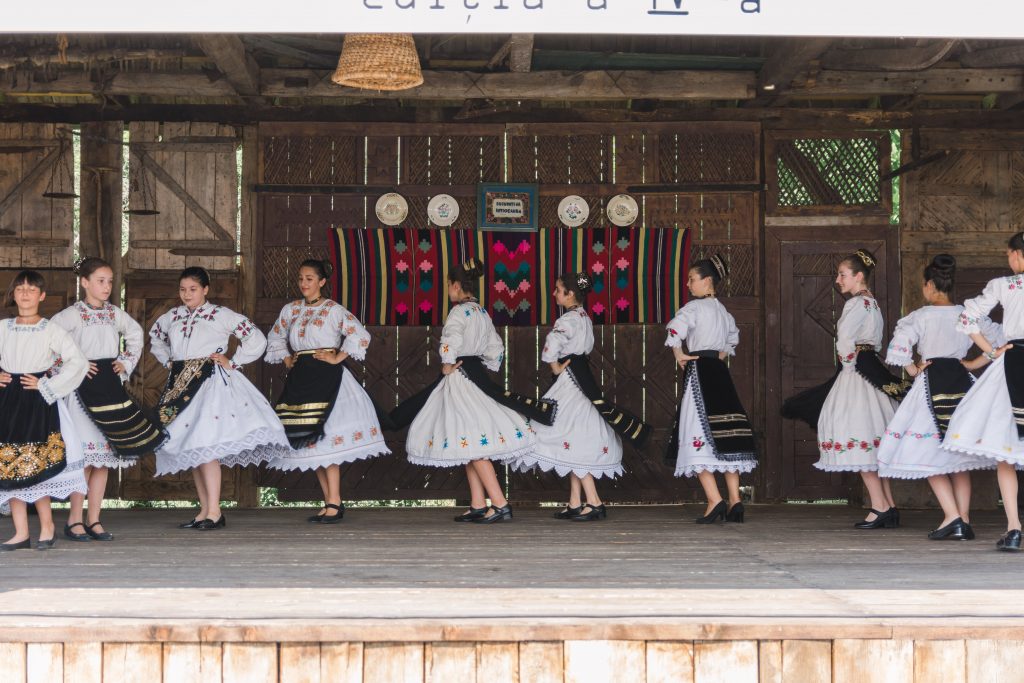


Leave a Reply